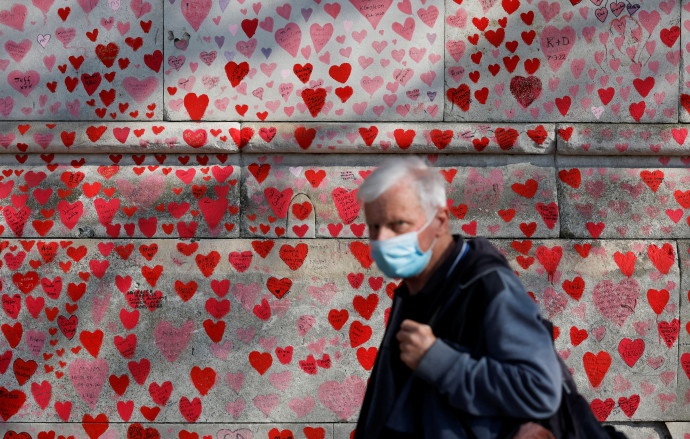COVID-19 cases increase again towards the winter in the Northern Hemisphere, but this season we will probably see the disease manifesting itself through slightly different symptoms than the ones we are used to.
Part of this is because different variants of the virus are now common, and different demographics of people are getting infected - but it's also a reflection of how the vaccines, boosters and previous infections have helped change the way our immune system deals with the virus.
The ZOE COVID Study app has been tracking the symptoms of millions of people across the UK since the early days of the pandemic, their data is collected through an app in which people can self-report COVID-19 infections and their symptoms.
In their latest summary, the ZOE research project reported the most common symptoms currently seen in the UK, while the symptoms are similar for most people all over the world, there are some subtle differences between vaccinated and unvaccinated people.
"There are several reasons why symptoms may vary, including the fact that those who have been vaccinated experience less severe symptoms, as well as more cases being reported by younger people, who also experience different, less severe symptoms," the report said.
"There are several reasons why symptoms may vary, including the fact that those who have been vaccinated experience less severe symptoms, as well as more cases being reported by younger people, who also experience different, less severe symptoms,"
ZOE study

Most commonly reported symptoms
The most commonly reported symptoms of COVID-19 among vaccinated people are sore throat, runny nose, stuffy nose, persistent cough and headaches.
For people who have received only one dose of the vaccine, the most commonly reported symptoms are:
Headache, runny nose, sore throat, sneezing and persistent cough.
For unvaccinated people: Headache, sore throat, runny nose, fever and a persistent cough.
Loss of sense of smell and shortness of breath have completely disappeared from the five most reported symptoms. In the first year of the pandemic, these two symptoms were a clear indication of catching COVID. Unfortunately, this means that it's harder to distinguish between mild and moderate cases of COVID-19 and the common cold - which is another reason to keep getting tested and be careful if you're feeling unwell.
